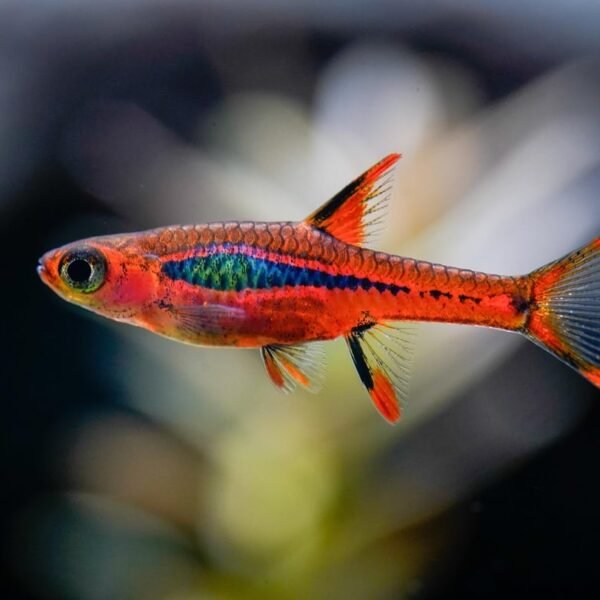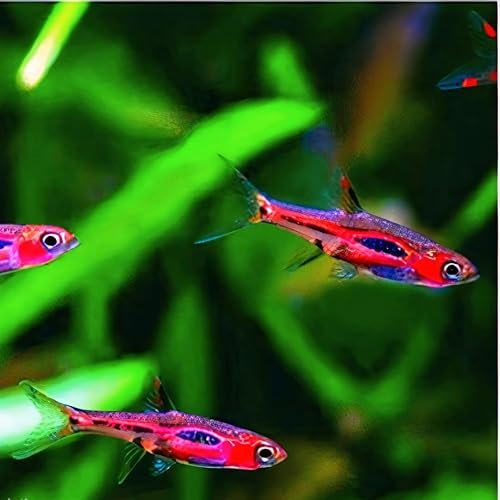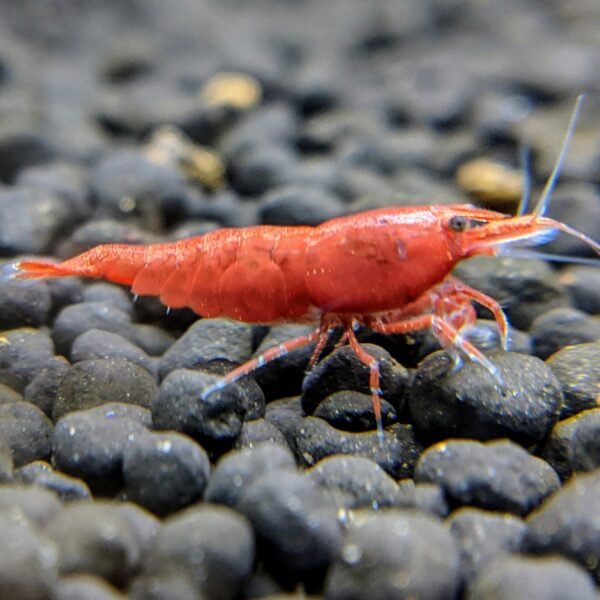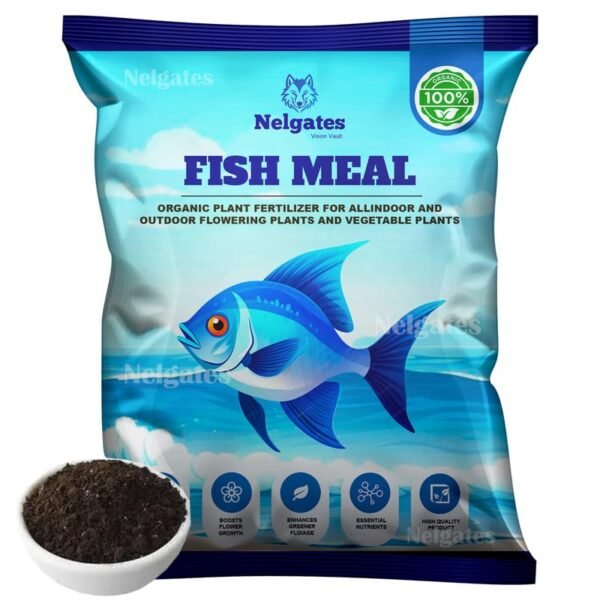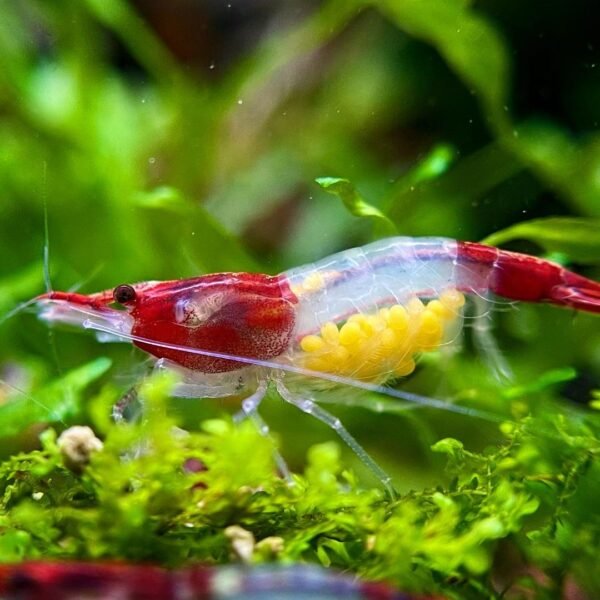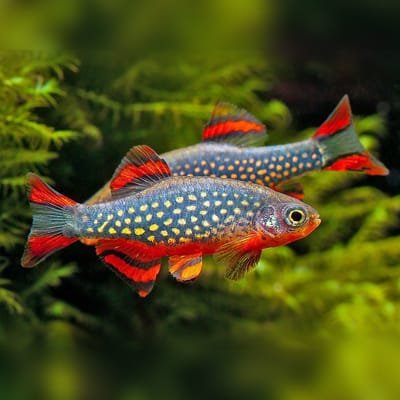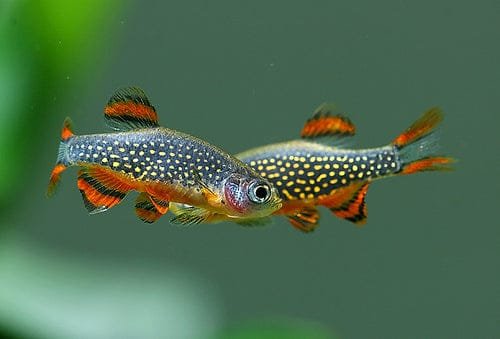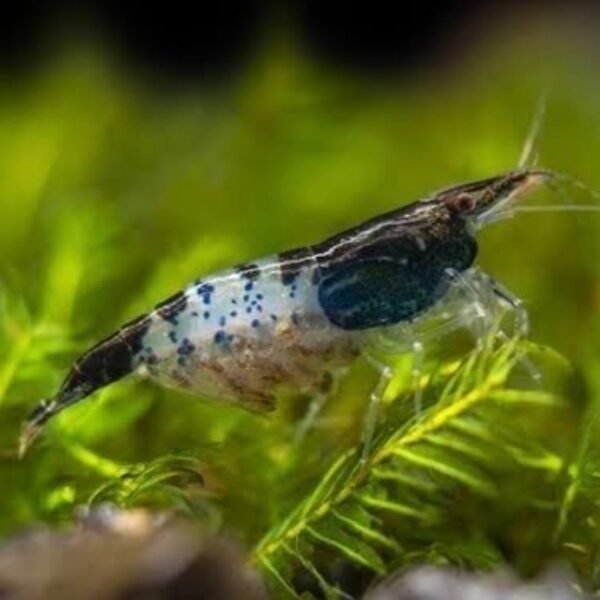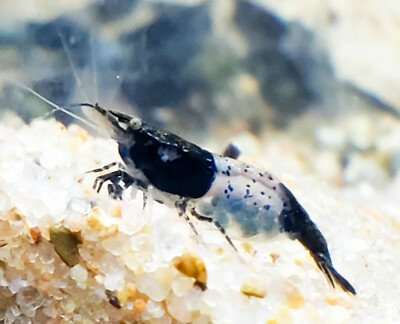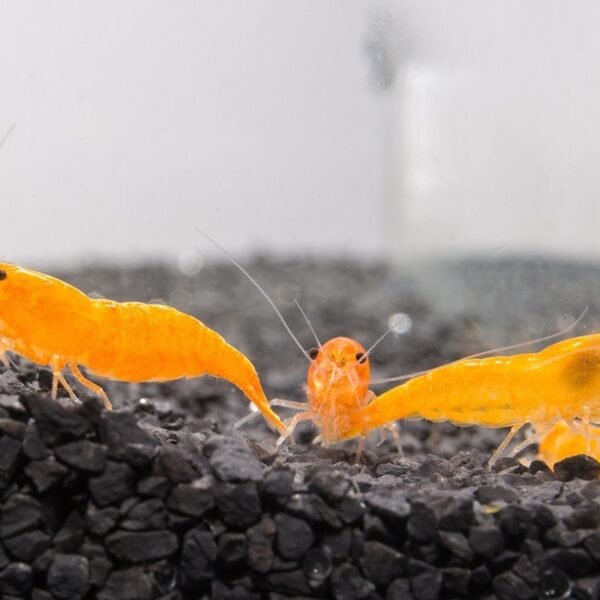Description
🐟 Electric Blue Guppy (Poecilia reticulata)
📌 Basic Info
-
Scientific Name: Poecilia reticulata
-
Family: Poeciliidae
-
Origin: Selectively bred (tank-bred variety)
-
Size: 1.5 – 2.5 inches (3.5 – 6 cm)
-
Lifespan: 2 – 3 years
-
Tank Zone: Mid to top swimmers
🌊 Water Parameters
-
TDS: 200 – 400 ppm
-
pH: 6.8 – 7.8
-
Temperature: 22 – 28°C (72 – 82°F)
-
Hardness: 8 – 20 dGH
🐟 Characteristics
-
Striking metallic blue coloration that glows under aquarium light.
-
Peaceful, hardy, and very active.
-
Males are more colorful with flowing fins, females are larger but less bright.
-
Livebearers – females give birth to fry.
-
Popular choice for aquascaped or community tanks due to their color.
🍽️ Food
-
Type: Omnivorous
-
Diet: Flake food, micro pellets, brine shrimp, daphnia, spirulina, blanched spinach or cucumber.
-
Feeding: 1–2 times daily in small amounts.
🛠️ Maintenance
-
Tank Size: Minimum 10 gallons (larger for groups).
-
Filtration: Sponge/gentle filter for clean water.
-
Substrate & Decor: Plants (live or artificial), hiding spots, open space for swimming.
-
Water Change: 25–30% weekly.
👥 Social Behavior
-
Minimum Group Size: Keep at least 1 male with 2–3 females (to reduce stress).
-
Tank Mates: Other guppies, mollies, platies, swordtails, corydoras, rasboras, neon tetras, shrimp.
-
Avoid: Aggressive or fin-nipping fish (bettas, tiger barbs, large cichlids).
✅ Do’s
-
Keep in groups for social behavior.
-
Use plants for fry hiding spots.
-
Maintain stable, clean water for best colors.
❌ Don’ts
-
Don’t overcrowd – guppies breed quickly.
-
Don’t keep with aggressive or predatory fish.
-
Don’t skip regular maintenance.
⭐ Quick Tips
-
Perfect beginner-friendly fish.
-
Males display vibrant electric blue tails and fins.
-
Breed easily – females can drop 20–40 fry monthly.
-
Adds bright shimmering blue to any community aquarium



